7 Tips To Keep In Mind While You Plan Your Dream Home
This post may contain affiliate links. If you make a purchase through one of my links, I may make a small profit at no expense to you. For further information, please view my policies.
If you’re actively thinking about designing and building the home of your dreams, lucky you! Also, you are in the right place!

In this article, we will talk about seven crucial things you’ll need to consider in order to make your dream home a reality.
1. Choose an architectural style
When designing and building your dream home, you’ll need to decide on the architectural style you want to build in.
You may already have a pretty good sense of the architectural style you want. Maybe the neighborhood you live in has houses that you’ve been admiring, or perhaps you want to recreate the style of the home you grew up in as a child.

If you feel you lack the knowledge of architectural styles and the terms to articulate your preferences, below is a list of some of the most famous architectural styles in the United States:
- Colonial Revival
- Tudor Revival
- Modern craftsman / Craftsman bungalow
- Rancher
- Farmhouse
- Cape Cod
- Queen Anne
- Mediterranean Style
- Mid-Century Modern
- Contemporary
For a good overview of several of these styles, check out this article!
Chances are, you want your dream home to fit into one of the many architectural styles commonly found in the United States, including those mentioned above. You could also juxtapose two or more popular styles – this is what is often done in new builds that fall under the ‘contemporary’ category. (The problem with mish-mash contemporary new builds is that they can tend to look dated within 15 to 20 years, just my opinion but keep that in mind.)
If you are looking for more inspiration, take some time to glance through the most famous architects’ overviews to glean some pearls of wisdom from the field’s giants.
2. Select an Interior Design Style
Just as important as choosing an architectural style, is selecting the best interior design style for your dream home. Of course the finer details of the interior can be figured out at a later stage, for example you don’t need to know what color sofa you need before you build your house! But knowing what overall interior style you will want to be incorporating into your new home will really help pull your overall vision together. Oftentimes a home’s architectural style will dictate what interior style will look best, so give this some thought.
Choosing your interior design style is crucial but don’t worry, it’s not as difficult or daunting as you may think. Here are a few pointers, so you know where to start your search for your interior design style.
And here is a quick overview of some currently popular interior design styles.
And here is my video where I talk about how to find your interior design style:
You first need to consider how you want to feel in the house. You might want a peaceful, relaxing feel in some areas. You might aim for a more vibrant and uplifting feel in others.
Once you have that figured out, you can narrow down some relevant design keywords and start looking for interior design styles that align with your vision.
For instance, a contemporary interior design style might suit the vibe you want in certain parts of your dream house. Whereas a more traditional interior design style might be more suitable for others.
In this case, too, you should remember that it’s your dream house, and you are free to actualize your vision in any way that suits you. So feel free to mix and match styles depending on how you want your dream house’s interior design to be.
3. Choose a Location

While the first two steps focus primarily on organizing the vision that you have for your dream house, this is the step where you need to start thinking about practical aspects of actually turning that vision into reality.
Several aspects can restrict how much of your vision you can actualize on the ground. The location is the most important of such factors and one from which all the other limitations flow.
Location encapsulates everything from the lot size and the zoning laws, to exposure and climate. So choose wisely!
There is so much to consider when it comes to location. First of all, you need to be happy about the area or neighborhood you are building in. It needs to tick several if not all of your highest priorities – these will be different for everyone of course. So really make sure you know what your location priorities are!
Here are some common things people look at when it comes to picking a home’s location:
- is there going to be construction in the area in the near future?
- are there sewage, gas, and electricity hookups already in place?
- is the lot flat or sloped – the type of lot will dictate the build
- are there existing buildings on the lot that need to be demolished?
- are any special permits required to build in the desired location?
- is it a safe location?
- schools nearby?
- stores within reasonable distance?
- what other other amenities nearby (health clinics, library, gyms, community centers, etc)
- parks or nature nearby?
- is it near a busy road, if so, does loud traffic noise bother you?

You might have deep pockets, a lot of time on your hands, and tremendous luck. In that case, you might just stumble upon a location where you can design your dream house with little or no compromises.
However let’s be real, realistically, you’ll have to make quite a few compromises. You can expect compromises to be an unavoidable aspect of designing your dream house so get comfortable with that as early on as possible .
It’s important to also be flexible and open-minded. And make sure you know what your highest priorities are and don’t compromise on those. For example, if your highest priority is to be able to have a huge vegetable garden, don’t buy a lot that doesn’t have any land. Or if you love the hustle and bustle of the city, then don’t build a house 45 minutes away from town. Seems obvious, but sometimes with all the pressure and excitement that goes into buying lots and properties, important things can easily get overlooked. So make sure you’re rock solid on what the things are that you HAVE to have, write them down and stick to it!
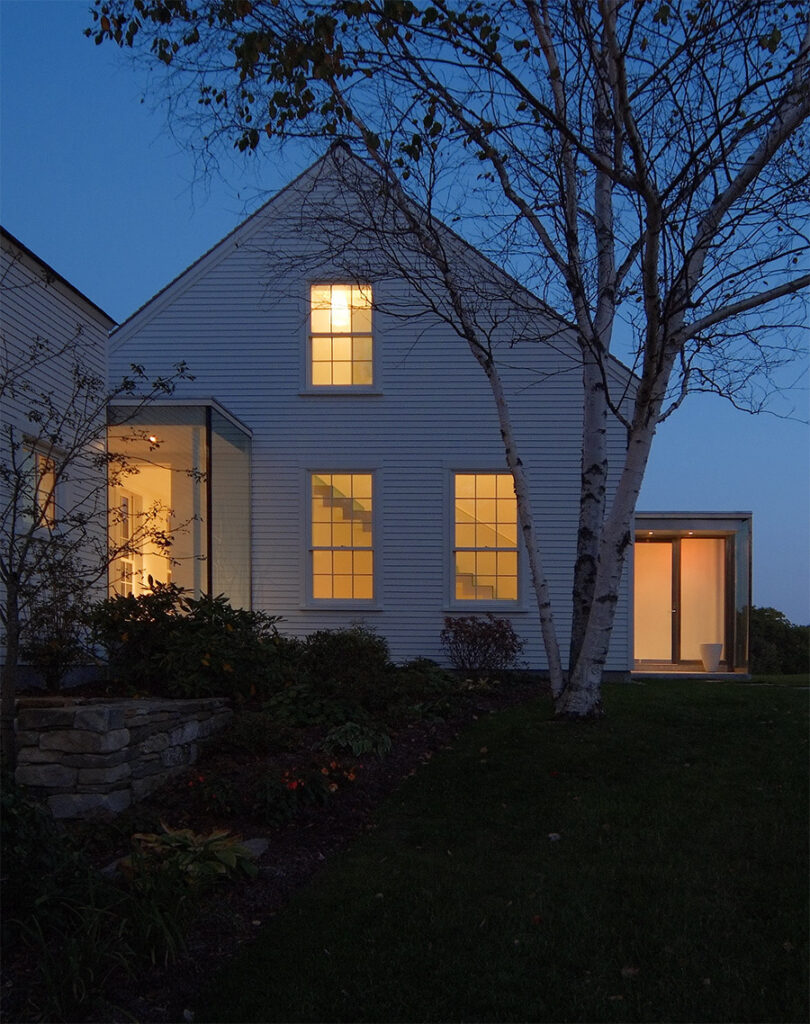
Now I’ll share my own personal experience about location for those of you who are interested. If not, just skip ahead to the next section 🙂
My husband and I ended up in a situation last year where we were forced to buy a home in the shortest amount of time possible. Really not ideal but life happens (and that’s a story for another day!!).
There are definitely a couple of big things about the location of our home that are less than ideal. They are the following:
- our house is on a small lot with absolutely no privacy between us and our neighbors. No fencing was built by the construction company and the lots are really close together. For me privacy is big, huge priority. I squirmed at the idea of buying a place with no privacy and so close to the neighbors. Now looking back, I wish I had had a fence built as soon as we moved in. But because the property has a bit of a view which we didn’t want to obscure with a big fence, instead we opted to plant shrubs, which obviously will take at least a couple of years to grow in. I don’t know if it was the right decision but what I did learn that this isn’t a problem I want to have when buying a future property.
- there is a huge mountain in front of our house. It’s very pretty and treed, but it also plunges our street into darkness literally hours before everyone else. Due to the exposure and location of our home, the mountain blocks the sunlight after a certain hour. In the summer, while down the street everyone is basking in the lovely late evening sun, we have nothing. Just complete shade. I didn’t realize how much this would bother me until we moved in.
- no stores within walking distance and too far of a drive from major stores. I’ve never had this issue before in any homes I’ve ever lived in and again, I didn’t realize how much this would bother me until we moved in.
- out of desperation, we bought a house in a town that we had never lived in before. Big mistake. Don’t get me wrong, there’s absolutely nothing wrong with the town we live in per se, but it turns out we don’t really enjoy living here. We should have waited and bought in the town we had initially set out to buy in, but again, we were forced into this situation and had to take what we could get.
Despite these things, we are very happy with our new home (it’s a new build, 1 story rancher, perfect size for us). If I have learned anything from the experience, it’s that I will ALWAYS listen to my gut in the future, and that’s the advice I would give you too! 🙂
4. Layout Is Important
Once you have fixed the location of your dream house, the first thing you need to consider is the physical layout. Factors such as lot size, location, slope, etc, can limit how much of your vision you can actualize.
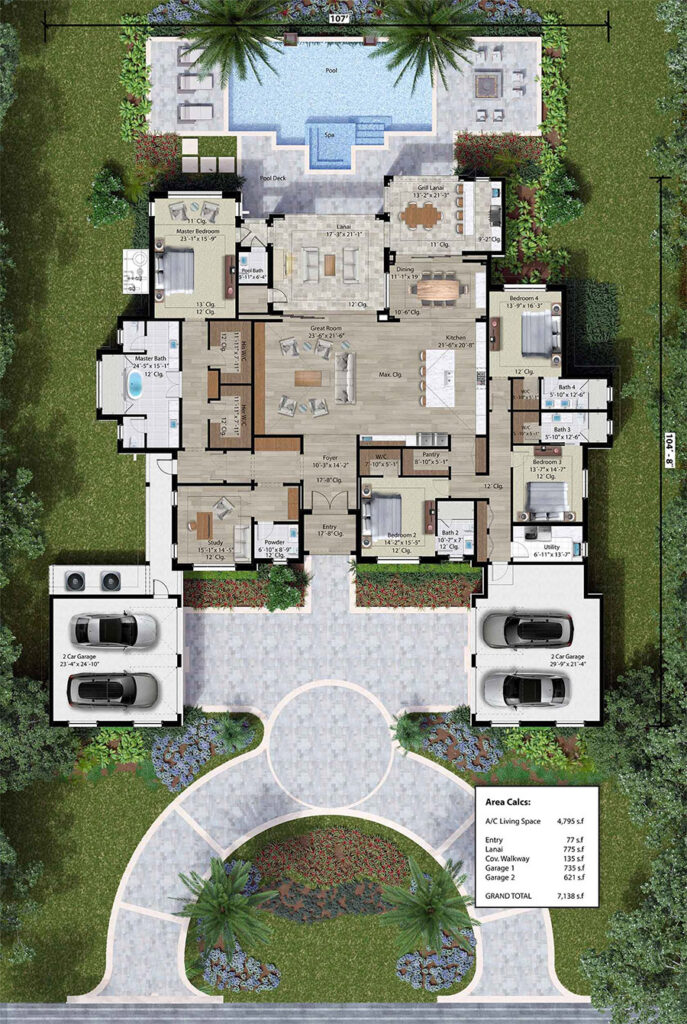
The physical limits of what you can build might mean you have to revist your layout several, several times. It might mean dropping the idea of building that large projection theater that you planned or it could mean needing to build the living room to be less spacious and open than you envisioned.
You might have to face these situations, so be prepared but don’t be disheartened and remember to be willing to compromise! Often times the best things happen in the most unexpected ways.
With home layouts, you want to try and create something that flows as well as possible, but also allows for logical placement of all the various pieces of furniture that you use on a daily basis. If you’re building a smaller home, maximizing every single square foot will be of the utmost importance.
When you have a layout in hand, always picture exactly where your furniture will go: where your sofa and dining table will go, where you will place your TV, where your bed and nightstands go, and whether you like hanging a TV in your bedroom. If any of those things are difficult to place, then very likely you are dealing with a funky layout and you would do best to revise it before committing to it. Moving walls on paper BEFORE they are built is much easier than doing it after the fact. 😅
5. Think About Positioning & Exposure

While you think about the physical layout of the house, you also need to consider the positioning of the house simultaneously. Both are intrinsically linked.
The lot size, the overall square footage, and even the climate of the location of your house are factors you should bear in mind when thinking about where and how to position your house. This will also help you decide where to place which rooms in the overall design of your dream house.
For instance, if you want ample natural light in your living room, you must design and position your house accordingly.
On the other hand, you might want to do exactly the opposite. You might, for instance, want to limit the amount of natural light that enters your home. You should definitely consider this if you happen to live in the Southwestern United States or somewhere with a similar climate.
In that case, you’ll be better off designing your house to limit the harsh rays of the sun while ensuring ample ventilation at the same time.
If you are lucky enough to be building on a lot that has an incredible view, then you’ll probably want to maximize that view and create as many viewpoints as possible from your home. So your build will essentially revolve around your view.
6. Set a Realistic Budget

When designing your dream house, another thorn in your side might be money. It’s one of the major impediments that may prevent your dream house from fully materializing.
But in pursuing your dream, it would not be wise for you to spend more than you can afford. You might end up saddled with more debt than you can repay and virtually no savings. That’s a rabbit hole you can easily go down when building your dream home if you’re not careful.
The best way to avoid such an outcome would be to set a realistic budget that balances your financial situation and the needs of your dream home.
You should set aside certain things as non-negotiable or something that you simply can’t do without. And the rest should be piled into the nice-to-have category. For instance, you should seriously ask yourself questions like, ‘do I really need Moroccan Zellige tiles in all the bathrooms?”
If the answer to that or another similar question is a resounding yes, it should be included in the things you can’t compromise on. Whatever you’re confused, unsure, or hesitant about should remain on the nice-to-have list.
7. Hire Professionals

While it’s true that you don’t need to know a great deal about architecture or interior design to play an active role in designing your dream home, there’s no way you can do everything from start to finish by yourself.
Sooner or later, you’ll have to involve professionals such as architects, construction companies, interior designers, and possibly even lenders and lawyers. Be sure to employ professionals you feel you can trust, that have good reputations and verifiable work.
Builders will try to steer you off track sometimes by saying you can’t do certain things. Usually they do this because it’s just easier and faster for them to do things the way they already know how. When you get push back from your builders, learn to identify whether or not their reason is legitimate, and if it’s not, be sure to stand your ground. When you work with others, always ask questions. Especially when you’re the one paying.
Ultimately you want to aim to hire people who can understand your vision and help you realize it.
Building your dream home from scratch is a very exciting, involved process which comes with a million different little steps. Some steps are predictable, others just aren’t. There are always going to be variables throughout the process of building a home.
If you’ve come this far, it should be clear to you by now that you can play an active role in designing the home of your dreams. You don’t have to rely entirely on professional architects and construction companies, nor should you!
If you educate yourself about architectural and interior design styles (here are several decorating guides I’ve already written to get you started!), and always try to work within the limitations that will inevitably present themselves along the way, then you’ll be better equipped to articulate your vision to build your dream home!


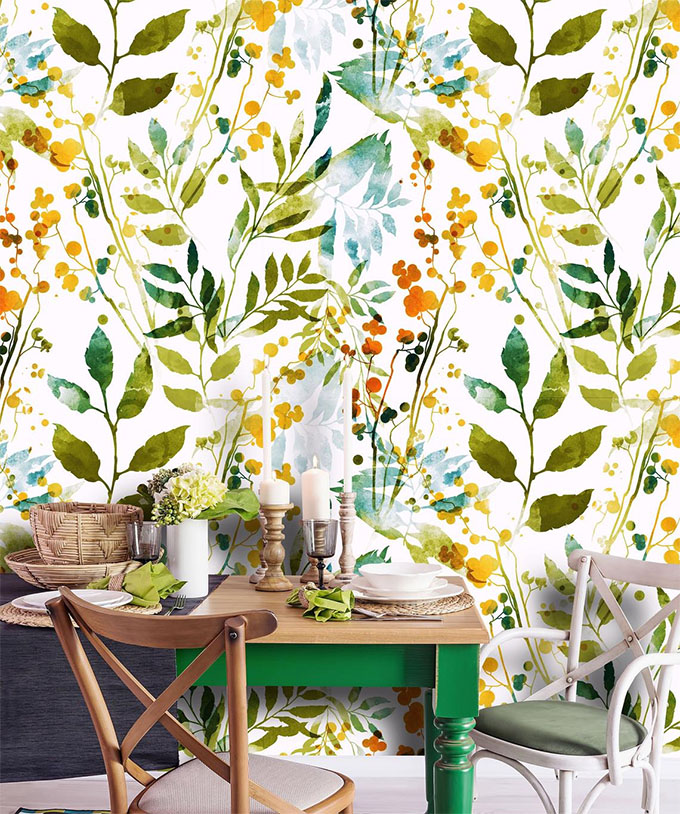
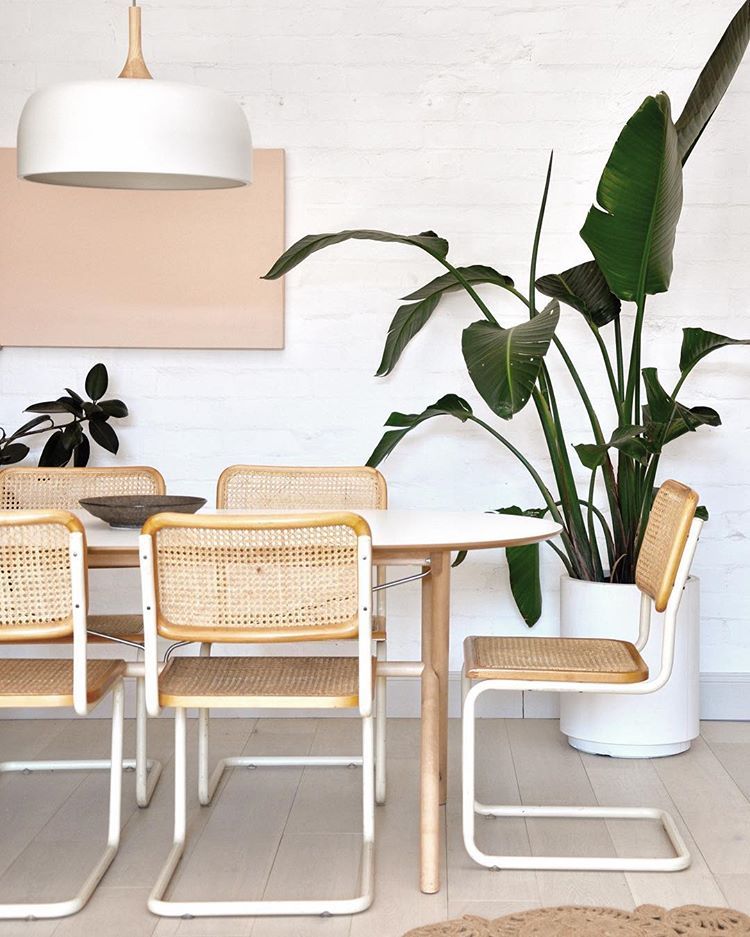
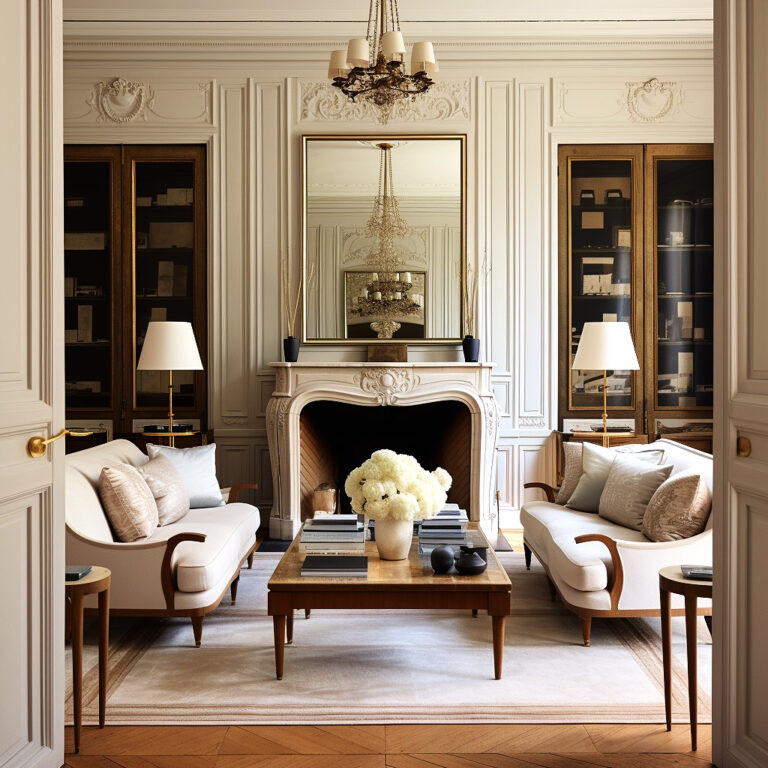
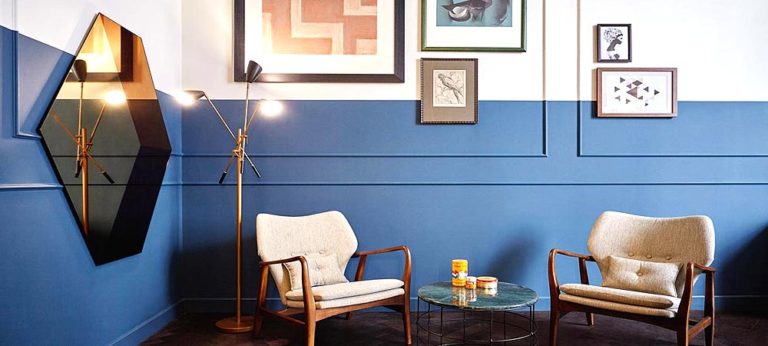
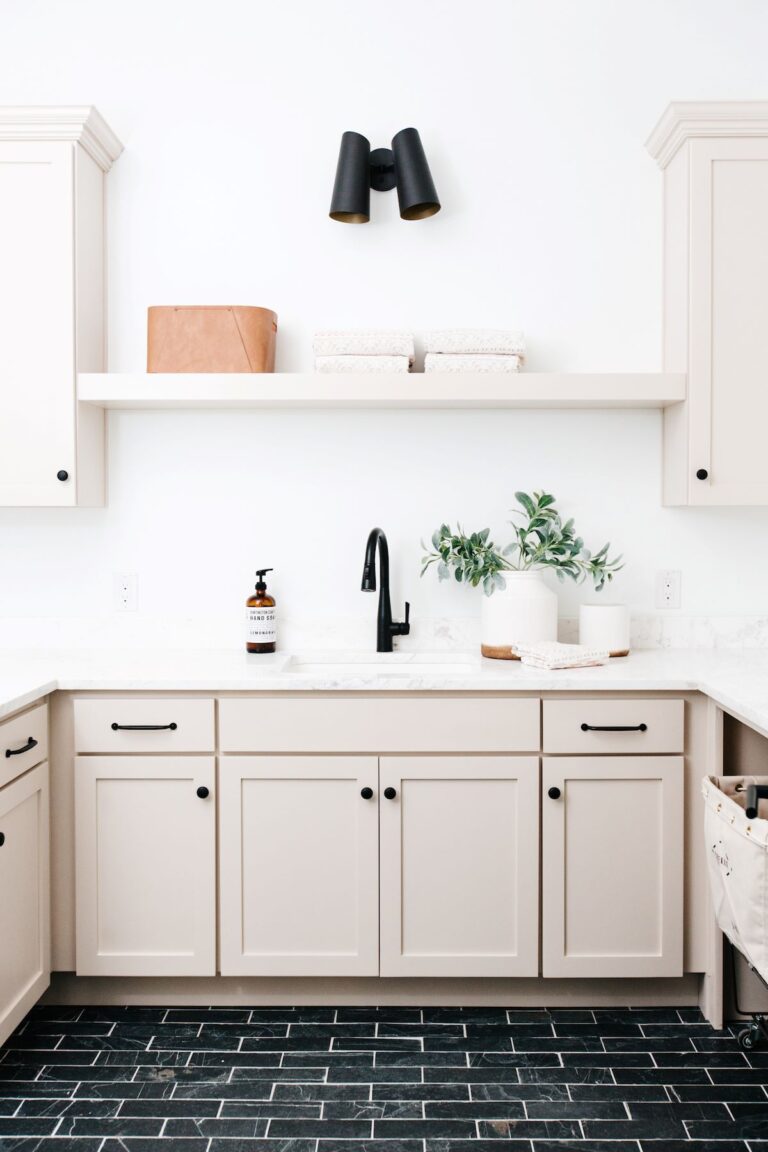
Setting a budget and getting some advice on how to build a dream home will really contribute a lot to the success of the project. Advice like that will make sure that we don’t make rash decisions and have a house that doesn’t look practical at all when the project is done. I’ll go and hire an interior designer from the area so that we have people who can tell us what to avoid.